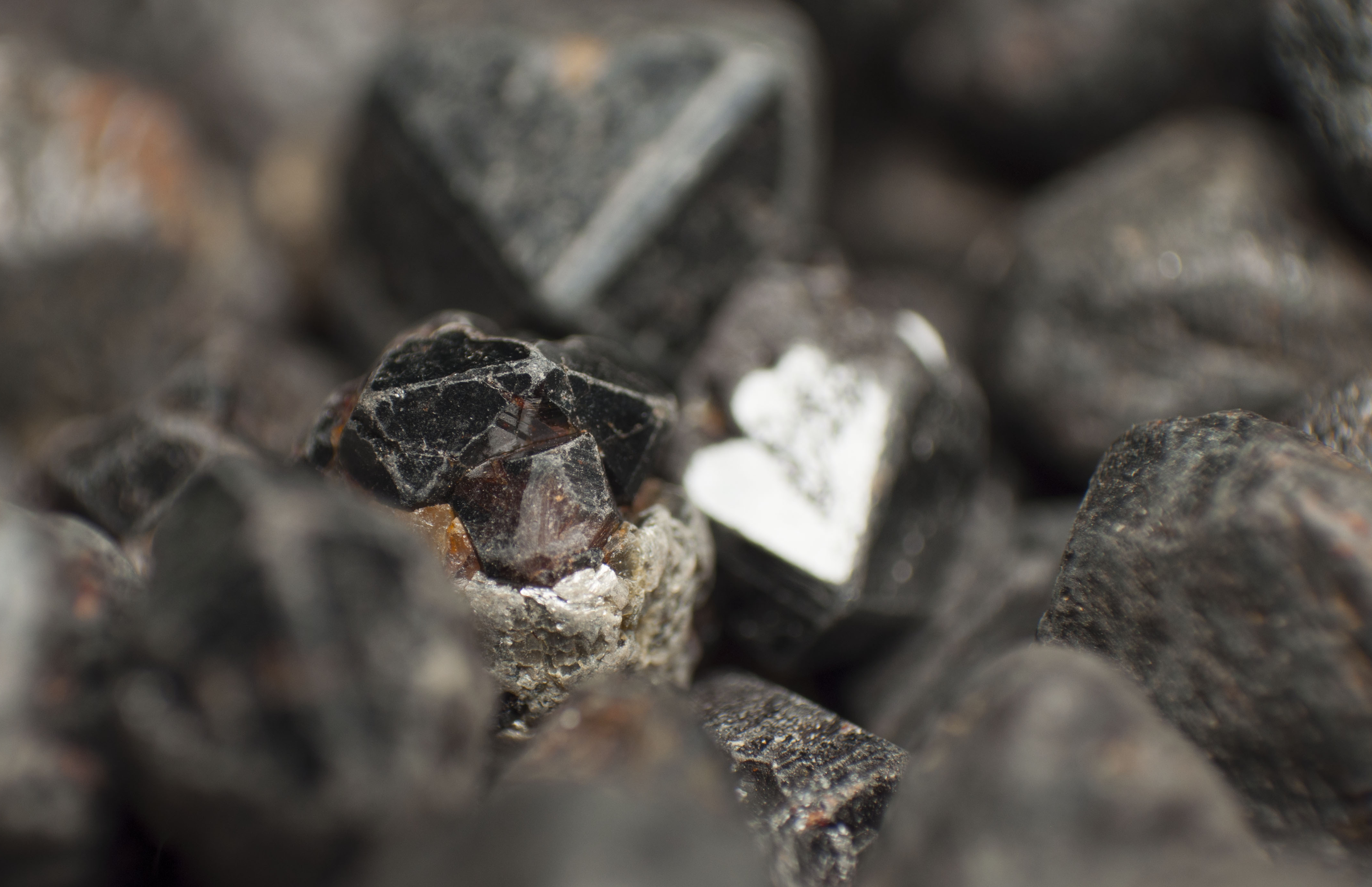Cornish Metals’ PEA points towards positive economics for its South Crofty project
News Analysis

8
May
2024
Cornish Metals’ PEA points towards positive economics for its South Crofty project
Cornish Metals, a mining company focussed on restarting the South Crofty Project in Cornwall, UK, released a Preliminary Economic Assessment for the project.
The results of the Preliminary Economic Assessment (PEA) highlight positive economic and financial metrics and outline key production operations, capital costs, and ESG factors for the project. On the production front, South Crofty is expected to operate for 14 years, with a total mine throughput of 500ktpy and a processing throughput of 250ktpy. During this period, the project is expected to produce a total of 49,310t of tin-in-concentrate, with nameplate capacity production anticipated to be reached by year 2. From years 2-6, the mine is expected to produce an average of 4,700tpy, with peak production of 5,000tpy expected in year 4. The average feed grade will be 1.83% Sn, upgraded using X-ray transmission ore sorting and Dynamic Dense Media Separation techniques from the 0.94% Sn grade in the ore.
As for costs, the project is expected to have a pre-production requirement of US$177M and an LOM average all-in-sustaining cash cost of US$13,661/t of payable tin, while the ESG section mentioned that mining and processing operations will be entirely powered by renewables. In addition to the PEA, Cornish Metals has been making significant progress at the South Crofty project. In October 2023, the company successfully commissioned a water treatment plant at South Crofty, with dewatering of the area expected to be completed by Q3 2025. Additionally, in March 2024, Cornish Metals announced plans to accelerate the refurbishment of the New Cooks Kitchen Shaft.
The PEA marks an important milestone for the South Crofty Project, as Cornish Metals aims to commission and begin production by 2027. Currently, there is very little primary tin production in Europe. According to Project Blue, only around 3,400t of tin-in-concentrate was produced in 2023, with over 3,000t of this produced in Russia, still engaged in a war with Ukraine. Meanwhile, the demand for tin in Europe was just under 47kt in 2023, which is 13 times higher than the European tin supply for the year, and more than 100x of that supply without Russia. Additionally, European demand is expected to grow at a rate of 2.4% CAGR over the next decade. This supply-demand imbalance means that the EU heavily relies on imports and will continue to do so unless domestic supply chains are brought to the market. The South Crofty Project has the potential to address around 10% of the European market, a step to reduce import dependence if not only in a first pass capable of replacing Russian supply.